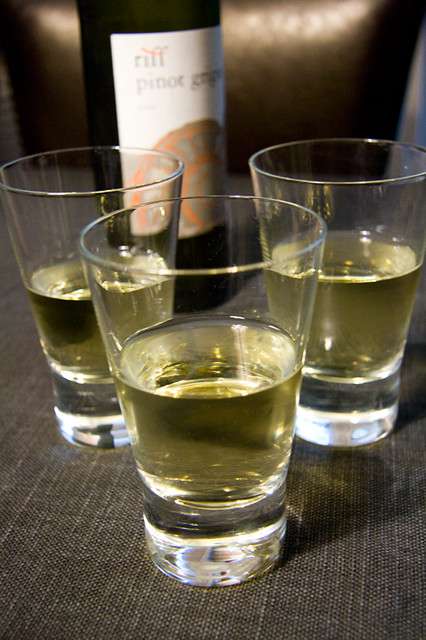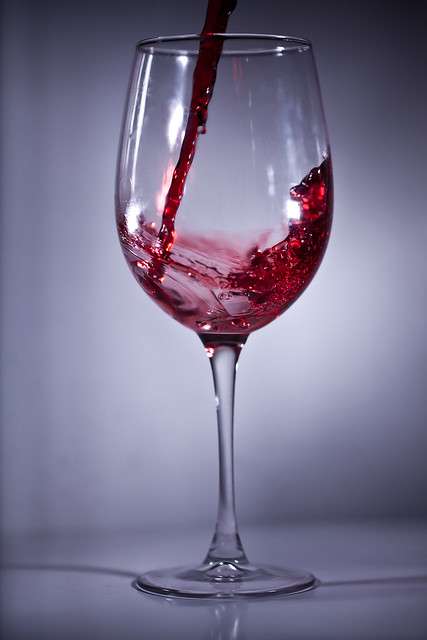
Have you ever noticed any sediment in your red wine? Photo Credit: Pexels User Timur Saglambilek
Have you ever uncorked an aged Bordeaux, and found a thick pile of sediment at the bottom of the bottle? Although this gritty sediment looks unappetizing, it’s actually a set of harmless compounds that play a major role in aged wines. The solid sediment in the wine mixes with the fermented juice over time, forming new flavor compounds that make the wine taste better with age. As these compounds expire, they sink to the bottom of the bottle.
Low wine turbidity makes the wine appear clearer, but it can also negatively impact its ability to age through the decades if it’s filtered too much. By comparison, wines with higher turbidity can sometimes age longer in a cellar, but they often appear unappetizing to casual drinkers. The winery’s goal is to find the ideal balance between these two factors, and many do so by measuring their wine turbidity in advance.
Wine Turbidity Varies by Style
Some winemakers prefer high turbidity in their wines, whereas others prefer there to be hardly any sediment at all. For instance, an organic, or “biodynamic,” winery will try to retain as much hazy turbidity as possible when they bottle their wines because they believe that interfering with the wine’s natural state will negatively impact its flavors. Consumers also expect a biodynamic wine1 to have some haziness and a significant amount of sediment since it’s a sign that the winery didn’t try to filter out the sediment before bottling. In some cases, high turbidity makes the wine appear more appetizing for certain customers, rather than less.
However, most wineries choose to filter out as much sediment as possible. A winery that wants their wines to appeal to mainstream, casual drinkers will want to make their wines appear crystal clear before bottling. An estimated 90 percent2 of all wine is consumed within its first year of purchase. Because these wines aren’t designed to age well over time, there’s no reason to have excess sediment in the bottle — the compounds won’t have enough time to expire and sink to the bottom of the container. This is why the majority of wineries choose to filter, or “fine,” their wines to create a liquid that is virtually clear.

It’s important to ensure that wine clarity is constant. Photo Credit: Flickr User Didriks



